Archives
- 2025-12
- 2025-11
- 2025-10
- 2023-07
- 2023-06
- 2023-05
- 2023-04
- 2023-03
- 2023-02
- 2023-01
- 2022-12
- 2022-11
- 2022-10
- 2022-09
- 2022-08
- 2022-07
- 2022-06
- 2022-05
- 2022-04
- 2022-03
- 2022-02
- 2022-01
- 2021-12
- 2021-11
- 2021-10
- 2021-09
- 2021-08
- 2021-07
- 2021-06
- 2021-05
- 2021-04
- 2021-03
- 2021-02
- 2021-01
- 2020-12
- 2020-11
- 2020-10
- 2020-09
- 2020-08
- 2020-07
- 2020-06
- 2020-05
- 2020-04
- 2020-03
- 2020-02
- 2020-01
- 2019-12
- 2019-11
- 2019-10
- 2019-09
- 2019-08
- 2019-07
- 2019-06
- 2019-05
- 2019-04
- 2018-07
-
Here we examined whether Intracellular ER
2019-07-13
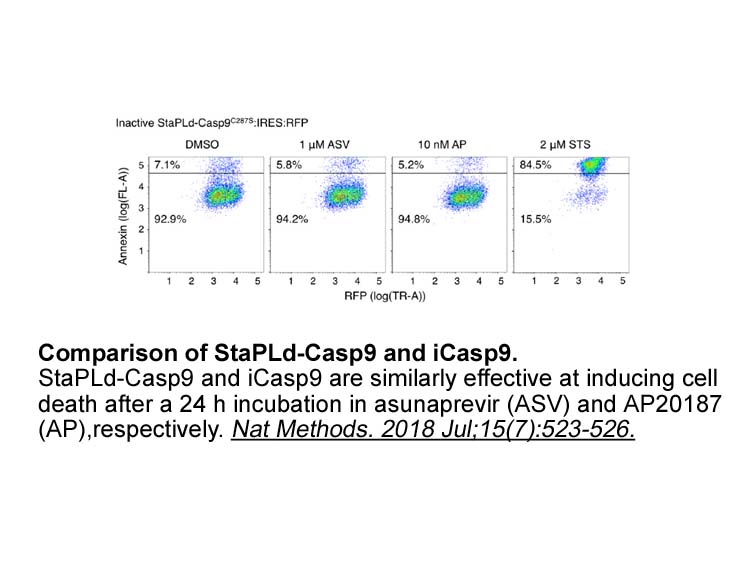
Here, we examined whether Intracellular ER may mediate Cd-induced ovarian cancer proliferation. To determine this relationship, we used ICI 182,780 as a general inhibitor of ERα and ERβ. The results suggest a metalloestrogenic effect of Cd in ovarian cancer cell lines. Inconsistency with our results
-
RHA is an agricultural by product obtained from the burning
2019-07-13

RHA is an agricultural by-product obtained from the burning process of rice hull [7], [8]. Rice hull is the outer layer of paddy grain. About 20% of rice hull converts into RHA when it is burnt during the 4μ8C generation processes [8], [9]. If RHA produced at less than 700 °C, it chemically possess
-
To our knowledge immunohistochemical analysis for proGRP
2019-07-13

To our knowledge, immunohistochemical analysis for proGRP was done in 5 cases [9], [10], [17], [18]. Takagi-Takahashi et al. reported that the tumor alkylation of dna were positive for proGRP in one case [9]. Yamaguchi et al. also showed that tumor cells in two patients of ES/PNET with elevated ser
-
br Role of cysLT signaling on various neurological complicat
2019-07-12

Role of cysLT signaling on various neurological complications which are associated with Alzheimer’s disease Alzheimer’s disease, first described in 1906 by Alois Alzheimer, is a neurodegenerative disease and a very common cause of dementia progressively leading to death. Even though years of rese
-
A phenylacetic acid derivative discovered
2019-07-12

A phenylacetic herpes simplex virus 1 derivative (), discovered in a high throughput screen for CRTH2, inhibited the binding of H-PGD to CRTH2 receptors on 293 cells with an IC of 0.010μM, and inhibited the binding of H-PGD to DP receptors with an IC of only 8.3μM (). Compound also inhibited CRTH2 m
-
As the communications interface was developed by two separat
2019-07-12
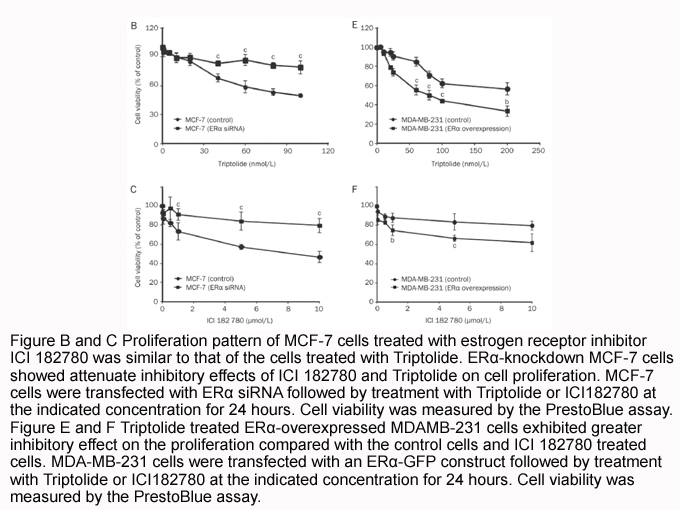
As the communications interface was developed by two separate organisations with differing software processes and tools, a modular approach to the safety case was deemed appropriate. The modular approach related the communications interface safety argument to the safety arguments for both the ACS an
-
E ubiquitin ligases are key players in the ubiquitin
2019-07-12
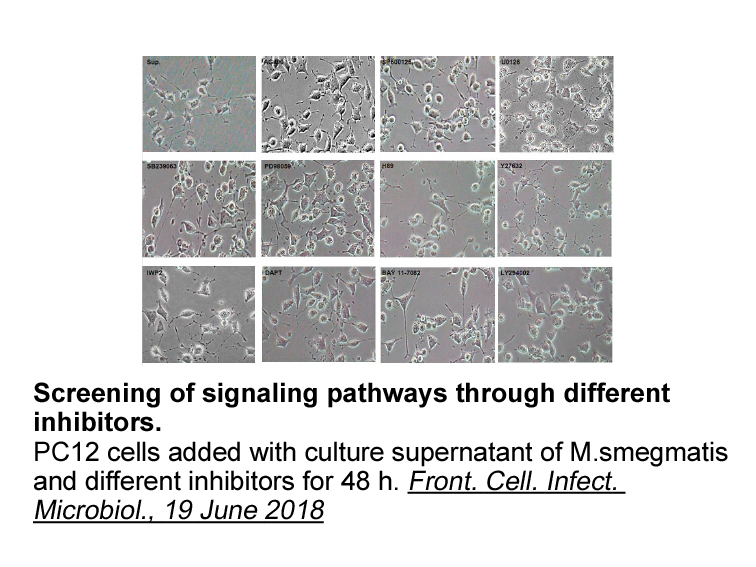
E3 ubiquitin ligases are key players in the ubiquitin-proteasome pathway because they catalyse ubiquitination of substrate proteins.39, 40, 41 As important regulators of cellular ubiquitination, E3 ligases are emerging as attractive drug targets, particularly in cancer.42, 43, 44 However, E3 ligases
-
br Material and methods br Results br Discussion
2019-07-12

Material and methods Results Discussion In vitro evidence indicates that LAS191859 is a potent CRTh2 antagonist as demonstrated in GTPγS binding studies with potency in the low nanomolar range and in addition it demonstrates a long receptor residence time. This potency is also maintained in
-
br Introduction br Literature review and hypothesis
2019-07-12
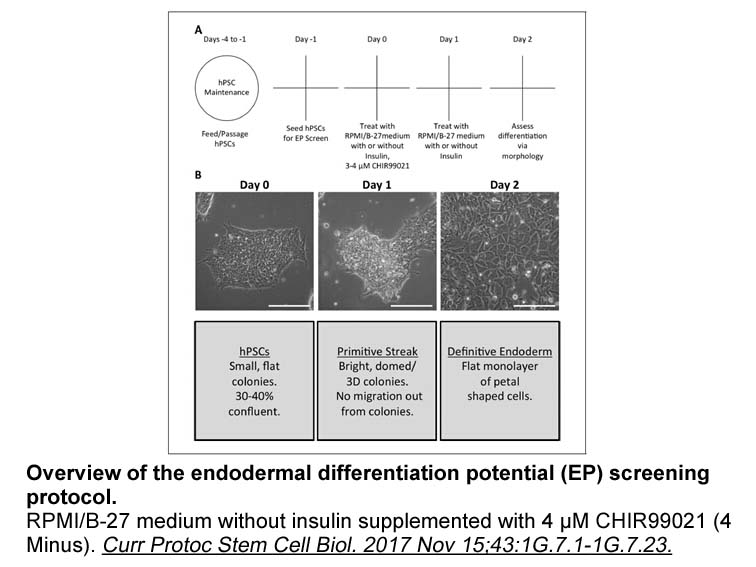
Introduction Literature review and Calmidazolium chloride development CPA exam performance-related research has been of interest to academics for the past few decades. These studies have ranged from investigating the impact of the 150-hour requirement on pass rates (Allen & Woodland, 2006) to
-
br Methods br Results and discussion br Conclusions br
2019-07-12

Methods Results and discussion Conclusions Conflict of interest Acknowledgment The research is supported by the National Natural Science Foundation of China (Grant No. U1603285). Overview of the MAPK pathway The mitogen-activated protein kinases (MAPK) pathway, often known as a ca
-
Mammalian cells contain significant amounts of a
2019-07-12

Mammalian cells contain significant amounts of a relatively lesser known enzyme that shows marked specifity for ether lipids containing AA and other 20–22 carbon fatty acids. This enzyme is called CoA-independent transacylase (CoA-IT), and transfers polyunsaturated moieties of 20–22 carbons, typical
-
The activity of cysteine endopeptidases involved in the
2019-07-12

The activity of cysteine endopeptidases involved in the germination of caryopses is generally regulated at two levels: the hormonal induction of synthesis by gibberellins (Drzymała et al., 2008) and a putative regulation of activity by phytocystatines (Kiyosaki et al., 2007, Martinez et al., 2009),
-
The ADME profile of AAT was very
2019-07-12
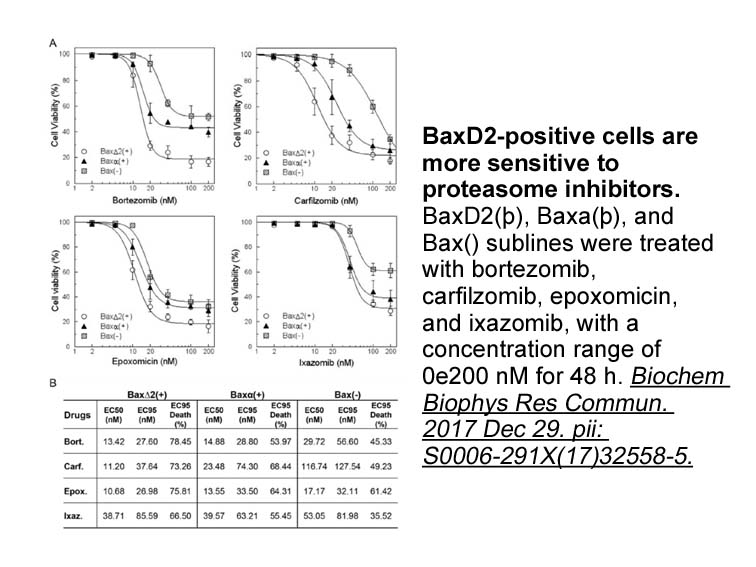
The ADME profile of AAT-008 () was very promising, with high stability in HLM. The pre-clinical pharmacokinetic properties of AAT-008 were also assessed in rats (Sprague-Dawley, male), dogs (beagle, male), and monkeys (cynomolgus, male). The experimentally determined parameters are summarized in . A
-
br Transparency document br Acknowledgments This work
2019-07-12

Transparency document Acknowledgments This work was supported by the Ministry of Education, Youth and Sports of the Czech Republic (the National Program of Sustainability I, Grants LO1204 and LO1304), by the Czech Science Foundation (15-17282Y) and by Palacký University Olomouc (IGA_PrF_2017_0
-
br Overall system architecture In this section we
2019-07-11
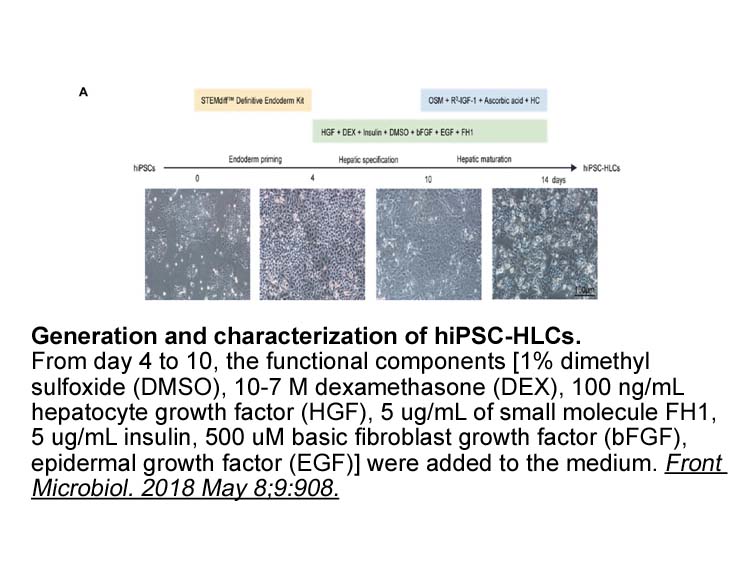
Overall system architecture In this Just be aware section we provide a description of the system under study, and its surrounding environment, on an “as is” basis. The architecture presented in the following is the one currently adopted on-field by ASTS (e.g., at Rome train station). The Train M
11241 records 706/750 page Previous Next First page 上5页 706707708709710 下5页 Last page